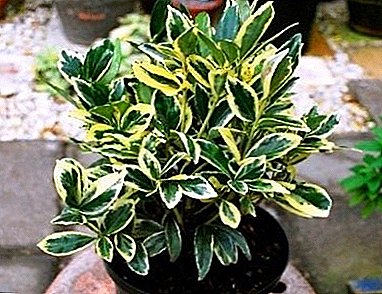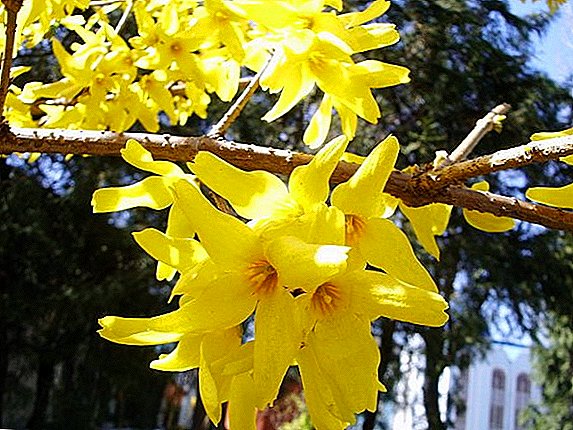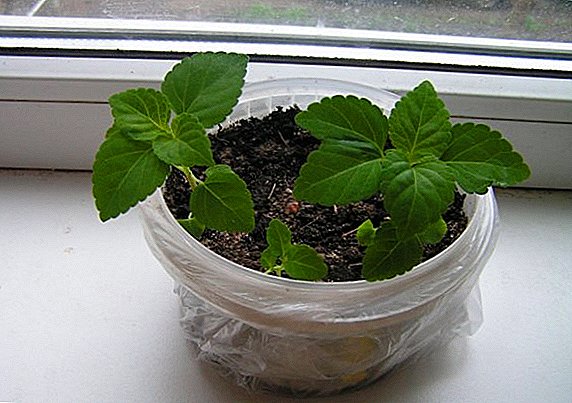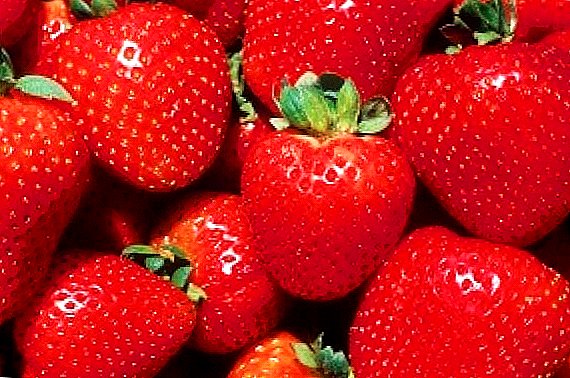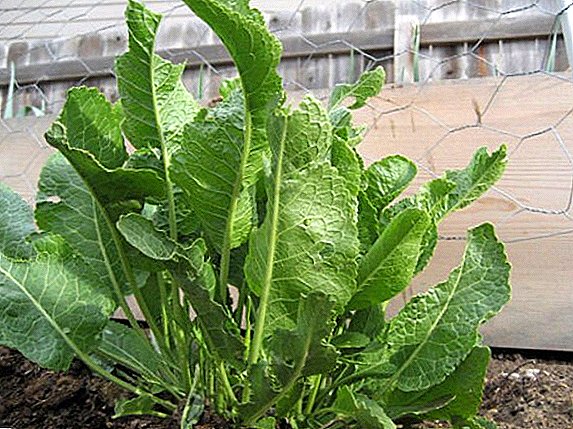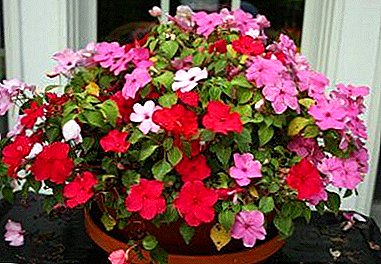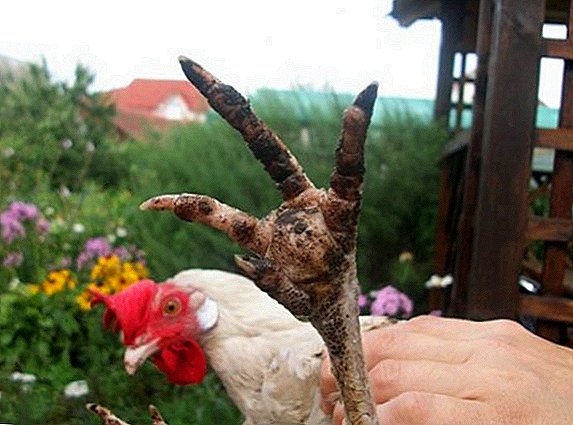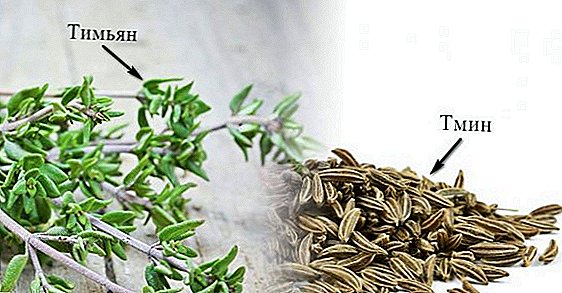 Many admirers of folk recipes have probably heard of herbs such as cumin and thyme. And some are interested in the question: is it the same plant or not. A lot of articles and forums on the Internet are devoted to this issue. Why do so many questions arise about this and what science says, let's figure it out.
Many admirers of folk recipes have probably heard of herbs such as cumin and thyme. And some are interested in the question: is it the same plant or not. A lot of articles and forums on the Internet are devoted to this issue. Why do so many questions arise about this and what science says, let's figure it out.
Characteristics of cumin and thyme
Cumin grows in Europe, America and in countries of Asia. Often found on the territory of Russia. There are several varieties of cumin, but the most common: common, growing on the European part, and black, most often found in the Caucasus, in India and the Mediterranean.

The value of the plant - in its seeds, which contain up to 7% of essential oils, 22% fatty oils and 23% protein. The main components - lemon and carvol - give the grains a distinctive aroma.
Did you know? In ancient times, warriors took baths from thyme decoction. It was believed that this procedure gave them vigor and vitality.
In addition to these components, cumin seeds contain:
- astringent resins;
- coumarins;
- coloring matter;
- squirrels;
- flavonoids;
- vitamin C;
- scopoletin.

The structure of cumin contains the following micro and macro elements:
- iron;
- calcium;
- manganese;
- potassium;
- molybdenum;
- copper;
- magnesium;
- vanadium;
- chromium;
- barium;
- zinc.
Thyme, better known as thyme, is a short shrub with recumbent or rising stems. At the base of the shoots are woody, lay on the ground, branched. The leaves are different in size, leathery, sometimes jagged.
Did you know? In the Middle Ages, women dried thyme and handed them to their loved ones before a long journey. It was believed that the grass will save them from adversity.
The flowers are collected in elongated inflorescences lilac or white. After flowering, in August-September, fruits are formed - seed boxes with rounded nuts.

Thyme contains the following components:
- essential oils - 0.1-0.6% (timol - up to 30% and carvacrol);
- binders;
- mineral elements;
- bitterness;
- gum;
- oxygen-containing organic compounds (ursolic and oleanolic acids);
- organic pigments;
- terpenes.

What are the main differences between cumin and thyme
Despite the fact that they are close relatives, in fact, plants with consonant names are completely different. And the difference is obvious both in taste, and in aroma, and in appearance, and in principle of application.
Origin
Historically, caraway seeds originated from Europe and Western Asia. Today, this culture is grown in many European regions. Found in the subtropical zones of Pakistan and India.
Did you know? For the first time in the annals of thyme is mentioned 3 thousand years ago. The Sumerians used the herb as a disinfectant, and the Egyptians included spice in the embalming composition.
On the territory of Russia caraway grows in the forest-steppe of the European part, the forests of Western and Eastern Siberia, in the Caucasus. Prefers plant edges of sparse forests and floodplain meadows. But it can occur in buildings like a weed plant.
Thyme has several hundred varieties and is found in Eurasia (with the exception of the tropics), Greenland and North Africa. About 170 plant species can be found in Russia and nearby countries.

Culture grows in different areas: meadows, edges, borovy sand, steppes, slopes and rocky places.
Taste
Thyme has a slightly bitter and tart taste. Cumin also has a bitter-bitter tart. In this, the spices are a bit similar.
Smell
Thyme has a powerful fragrant odor. Due to the large concentration of essential oils, taste and aroma are pronounced. Caraway aroma is strong, spicy, with a slight bitterness.
Plant appearance
Cumin is a biennial plant belonging to the umbrella family. Outwardly, it looks more like dill and differs only in flowering (in dill the inflorescences are colored yellow, and in cumin - in pale pink). The main difference between cumin and thyme is seeds.  In cumin they are dicotyledonous, brown, slightly curved, crescent, ribbed, reaching 3 mm. Thyme belongs to Yasnotkovymi and is a compact shrub with small leaves and pink-purple buds.
In cumin they are dicotyledonous, brown, slightly curved, crescent, ribbed, reaching 3 mm. Thyme belongs to Yasnotkovymi and is a compact shrub with small leaves and pink-purple buds.
Methods and conditions for growing
Wild thyme is harvested when most umbrellas take on a brown color. This usually happens in early summer. It is believed that it is better to collect grass in the morning or in the evening. Umbrellas are collected in bunches and hung (or laid out on racks) until full maturity. Crumbled fruit later crushed and left to dry.
Video: Collection and drying of thyme
Caraway seeds are harvested. Just like thyme, the collection begins at a time when most of the umbrellas ripen. It is desirable to carry out the process in the morning or in the evening and at the same time try to prevent the fruits from crumble.
The stems of the plant are cut off with a sharp instrument and tied into sheaves. It is believed that when pulling out the bushes with a root, seeds are better preserved. Some leave the grass to ripen and dry the seeds in the field, but this option leads to a loss of the crop.
In order to prevent loss, the grass is dried indoors, in the shade. Then the dried material is threshed and sieved fruit, blowing them in the end.

How and where are plants used
The rich chemical and vitamin composition allows the use of spices not only in cooking, but also in various fields, including medicine.
Thyme
Apply this plant as an additive to liquid, main dishes and side dishes. Ideal spice goes with potatoes, mushrooms, eggplants and scrambled eggs. The spicy aroma of the plant adds to the drinks, which makes it possible to replace them with cinnamon.
Important! In the broths and liquid dishes spice is added for 15-20 minutes to readiness, and in fish and meat dishes the standard is increased in 3-5 times.
When salting, some housewives consider this spice to be absolutely indispensable. Thyme greens are used to improve the taste of meat, mushroom and vegetable broths, as well as side dishes made from legumes (peas, lentils, beans).
Video recipe: Chicken Thyme
We use thyme in various industries:
- fish;
- alcoholic beverage;
- perfumery and cosmetic;
- milky.
Also, this spice is used in the manufacture of mixtures, sauces, sausages and cheeses. Olive-producing countries (Turkey, Greece, Spain) use thyme for pickling.
You can take parts of the plant as expectorant (with tracheobronchitis), sedative (in case of sleep disturbance), pain reliever (headache, neuritis). Good spice acts on the secretion of gastric juice, helps relieve cramps.

Thyme extract in liquid form is included in the formula of drugs taken for coughing and inflammation of the upper respiratory tract ("Pertussin", etc.), it is used for wraps for pain in the joints. Thymol contained in thyme oil helps with getting rid of diarrhea, flatulence, sore throat and mouth.
Caraway
The composition of this spice has such a positive effect on the body:
- helps with problems in digestion;
- improves appetite;
- helps to remove bile;
- increases lactation;
- used in diets.
Important! With unlimited consumption of cumin can cause seizures in the digestive tract. Diabetics should also take cumin with caution - it lowers blood sugar levels.
In cooking, the spice is used either in grains or ground. This spice improves the taste characteristics of various dishes. It is advised to combine this plant with coriander, pepper, cinnamon, saffron and cloves.
Most often, as a seasoning, it is added to:
- cabbage-based dishes;
- potatoes;
- roast;
- legumes (beans, peas);
- sausages;
- some types of cheeses;
- salting herring;
- dough.
Video recipe number 1: Potato with cumin
Video recipe number 2: Salted biscuits with cumin
Medicine also did not pass the cumin with their attention. There are many recipes that include this spice. For example, eating cumin seeds (about 20 pieces) before eating improves the appetite. A spice decoction helps with colds, constipation, tuberculosis and stress.
Storage Recommendations
Cumin seeds are stored in glass, ceramic boxes or fabric bags. The room should be dry, shaded and cool. Shelf life - no more than 36 months.
Important! Ground cumin quickly loses its taste and aroma.Thyme is stored in paper or cardboard bags in a dry, ventilated place. Spice retains its beneficial properties for three years.
As you can see, the choice of spices should not be taken lightly, because they affect not only the taste of the dish. And information about the beneficial properties will help to use them to maintain the body.



